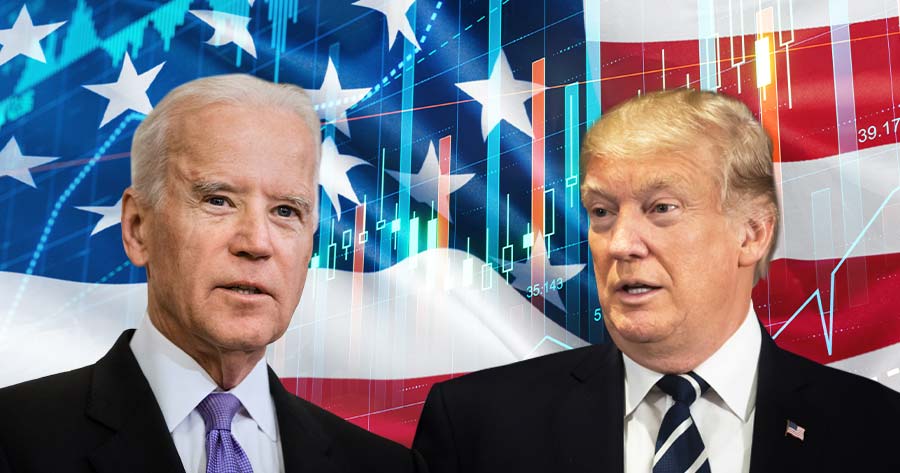The U.S. presidential race is 10 months for a potential rematch between Joe Biden and Donald Trump, while investors are looking for post-election changes in fiscal policies, such as spending, taxation and other areas.
Goldman Sachs economics analysts said that uncertainty tends to rise at the start of presidential election years, and that pattern looks particularly likely to occur this year as well.
According to CFRA Research’s chief investment strategist, historical data showed that the year that a president seeks re-election has given an above-average performance for the U.S. stocks.
Since World War II, there have been 14 times that a president seeks re-election and all 14 times the stock market responded positively with an average total return of 15.5% regardless of the winner, which is higher than the average annual return for S&P 500 in the same period of time at 12.8%.
Despite records showing annualized gains in election years, the road to higher returns is not always smooth. Truist Advisory Services wrote that the first three months of an election year tend to be choppy for stocks. The S&P 500 is usually flat during this period and the three months ahead of the election day also tend to be volatile.
RBC Capital Markets added that since 1928, the S&P 500 has gained about 7.5% on average in presidential election years. The mute at the beginning of the year provides another reason to be on guard for an early year pullback.





